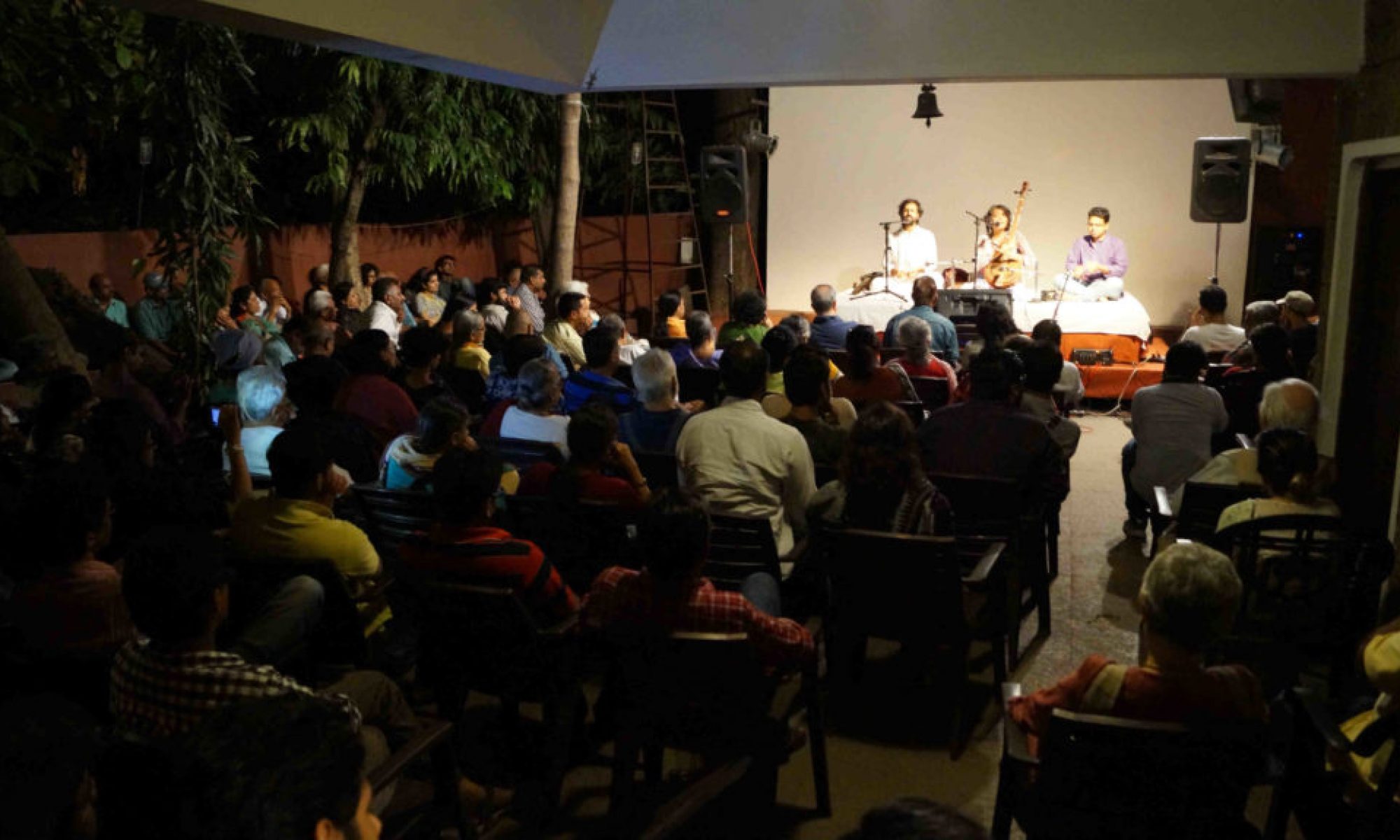«Prev From Dec 13, '25 to Jan 12, '26 Next»
6922
workplace-Gender Inequalities
Sun Mar 8, 5:00 PM
Dialogue towards an alternative
The UN theme for International Women’s Day (8 March) 2020 is, I am Generation Equality: Realizing Women’s Rights.
Women’s participation in India’s workforce stands at under 28%. According to the Global Gender Gap report released by the World Economic Forum (WEF) in 2017, which ranks countries on parameters of gender equality in health, education, economics, and politics India ranked 108 out of 144 countries.
Right from childhood, women are trained to put the needs of their family ahead of themselves. In early days of the job, women have to contend with parental pressure to not travel, to not stay out late, to not pick plum postings in cities too far from their hometowns.
One of the biggest reasons why women occupy fewer leadership positions is the lack of support after marriage, both professionally and domestically.
The type of work women are entrusted with, coupled with the conditions under which they work and the opportunities they get to advance, differ widely from what men are offered at a workplaces. From women being overlooked for certain jobs on account of their gender to being offered inequitable wages and development paths, gender disparity presents itself in several ways.
In unorganized sector like daily wage workers, women are given lesser pay than male workers though the work time and effort remains the same.
Gender discrimination in the workplace include women experiencing sexual harassment, job insecurity and low pay compared with male counterparts.
Most of the complaints go unreported due to fear of losing jobs.
Though according to Vishaka case guidelines , committees against sexual harrassment at work place are mandated to be formed at every work place, most of the establishments either do not have them or they exist only on paper.
On the occassion of International Women's Day , let's talk about Women and Workplace discrimination and inequalities.
Date: 8th March 2020
Place: Lamakaan , 5pm
Women’s participation in India’s workforce stands at under 28%. According to the Global Gender Gap report released by the World Economic Forum (WEF) in 2017, which ranks countries on parameters of gender equality in health, education, economics, and politics India ranked 108 out of 144 countries.
Right from childhood, women are trained to put the needs of their family ahead of themselves. In early days of the job, women have to contend with parental pressure to not travel, to not stay out late, to not pick plum postings in cities too far from their hometowns.
One of the biggest reasons why women occupy fewer leadership positions is the lack of support after marriage, both professionally and domestically.
The type of work women are entrusted with, coupled with the conditions under which they work and the opportunities they get to advance, differ widely from what men are offered at a workplaces. From women being overlooked for certain jobs on account of their gender to being offered inequitable wages and development paths, gender disparity presents itself in several ways.
In unorganized sector like daily wage workers, women are given lesser pay than male workers though the work time and effort remains the same.
Gender discrimination in the workplace include women experiencing sexual harassment, job insecurity and low pay compared with male counterparts.
Most of the complaints go unreported due to fear of losing jobs.
Though according to Vishaka case guidelines , committees against sexual harrassment at work place are mandated to be formed at every work place, most of the establishments either do not have them or they exist only on paper.
On the occassion of International Women's Day , let's talk about Women and Workplace discrimination and inequalities.
Date: 8th March 2020
Place: Lamakaan , 5pm

